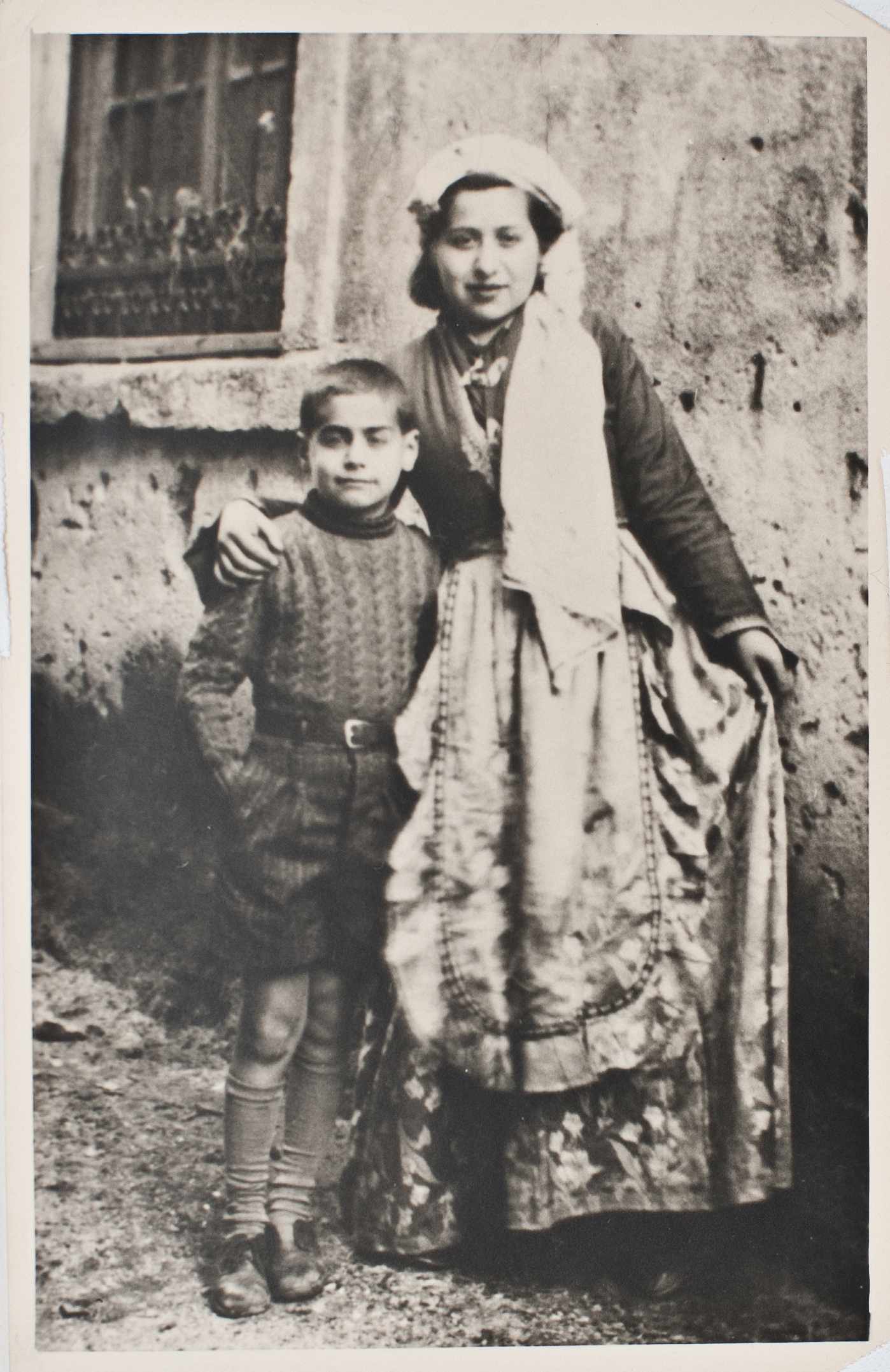GREEK JEWS
Before World War II, there were roughly 72,000 Jews living in Greece. 60,000 of those were murdered during the Holocaust, including Sarah and Solomon Varon of Kavalla (left). The Jews of Thessaloniki (Salonica) were hit harder than Athens, where the Jewish population was more assimilated. The Jews of Macedonia and Thrace, an area largely occupied by axis-power Bulgaria, were nearly erased.
In 1492, when Queen Isabella of the new Spanish empire expelled the Jewish population from the Iberian peninsula, most Jews found a home in the Ottoman Empire. The Turkish rulers interested in repopulating their lands with skilled tradesmen and merchants, invited Jews into city centers like Izmir, Istanbul, Gallipoli and Salonica. The Ottoman Rulers adhered to the Muslim notion that peoples of the book were welcome as long as they paid taxes for that hospitality and for protection. These Jews, known as Sephardic (of Spanish origin) continued to speak Ladino, or Judeo-Spanish, a dialect from Castilian Spain that incorporated elements of arabic after the expulsion.
The food and customs of the Jews living in cities of Northern Macedonian and Thrace, including the port city of Salonica, had a strong Turkish influence. Salonica, once home to the largest Sephardic Jewish community in the world, didn't become a part of Greece until the Balkan Wars of 1912-1913, after which the Greek government repopulated the city with Greek-Orthodox citizens. Still, Salonica remained largely Jewish until the Nazi deportations of 1943. Greece was also home to an ancient Jewish community called Romaniotes, which had been in Greece for some 2000 years and spoke Judeo-Greek until the large influx of Sephardic Jews swept into the area.

